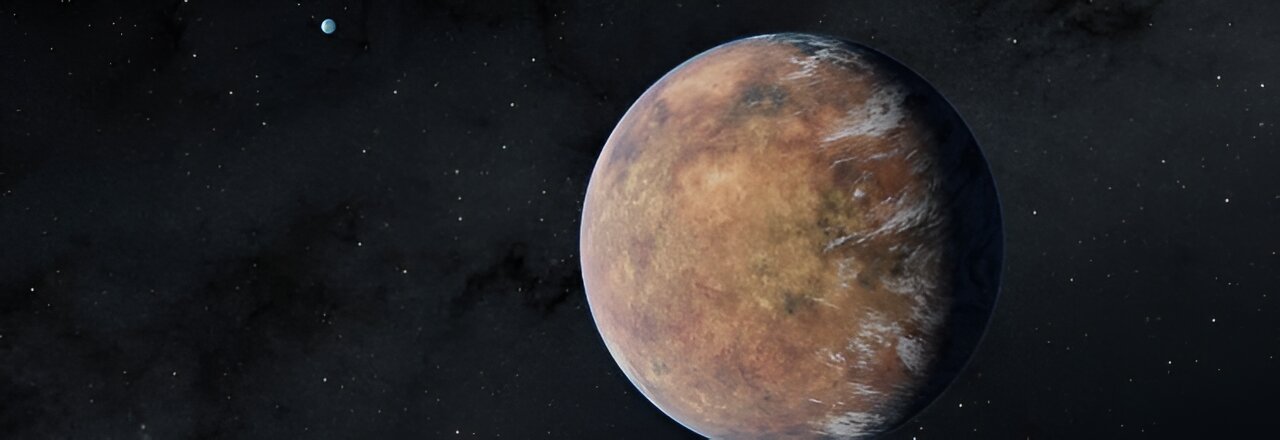Scientists have discovered the planet TOI-6255 b. It is similar in size to Earth, but it orbits its star in only 5.7 hours. It is so close to the luminary that it will soon be torn apart by tidal forces and die.

Planet with an extremely short orbital period
Astronomers have confirmed the existence of exoplanets with very small orbits around their own stars. But what about suitable exoplanets that are close enough to be absorbed by their star, and what if it’s an Earth-sized exoplanet?
This is what a recent study posted on the arXiv preprint server and accepted into the AAS Journals hopes to answer. An international team of more than 50 researchers studied the Earth-sized exoplanet, but with an orbital period of just 5.7 hours, and concluded that it should soon die as a result of the tidal forces of its star.
One of the paper’s authors, Dr. Fei Dai, an Assistant Astronomer in the Institute for Astronomy at the University of Hawai’i, explained how the discovery was made and its importance to understanding the evolution of planets. He explained whether such a thing was possible in the Solar System.
Orbital period of TOI-6255 b
Research suggests that about 10% of sun-like stars may have absorbed their rocky planets in the past. The TOI-6255 system is one of the best confirmations of this assumption. However, there are quite a few things that still need to be resolved.
Scientists analyzed TOI-6255 b, which has a radius of 1.08 and a mass of -1.44 Earth-like. It is located no more than 20.4 parsecs (65.2 light-years) away from Earth. However, while the Earth-sized exoplanet promises life, TOI-6255 b’s 5.7-hour orbit not only makes it too hot for life, but also means that its orbit is dangerously close to the so-called Roche limit. This is the distance at which a smaller object can orbit around a larger one until gravity tears it to pieces. It is thought that this phenomenon should be widespread in space.
Planet TOI-6255 b is doomed to tidal rupture in about 400 million years, which is very few on the scale of the Universe. The planet is already experiencing severe deformation due to gravitational forces. The deviation of its shape from spherical is 10%. For comparison, the Earth’s tidal distortion through the Moon is only 10-7%.
Similarities with our Solar System
Although TOI-6255 b will not be torn apart for another 400 million years, observing its deformation and breakup process could provide important information about the planet’s external and internal composition, helping us better understand the similarities between exoplanets and planets in our Solar System.
These unique worlds and their very dense orbits have challenged our understanding of the Solar System’s place in the Milky Way galaxy. After all, it takes Mercury 88 days to circle our luminary once. Therefore, how much tidal disruption is possible in the Solar System.
Dr. Dai says, “Tidal disruption of planets is minimal in our solar system. However, the rings of Saturn are thought to originate from tidal disruption of satellites around Saturn. Tidal forces are strongly dependent on orbital separation, only objects with the shortest orbital period experience significant tides.”
According to phys.org


